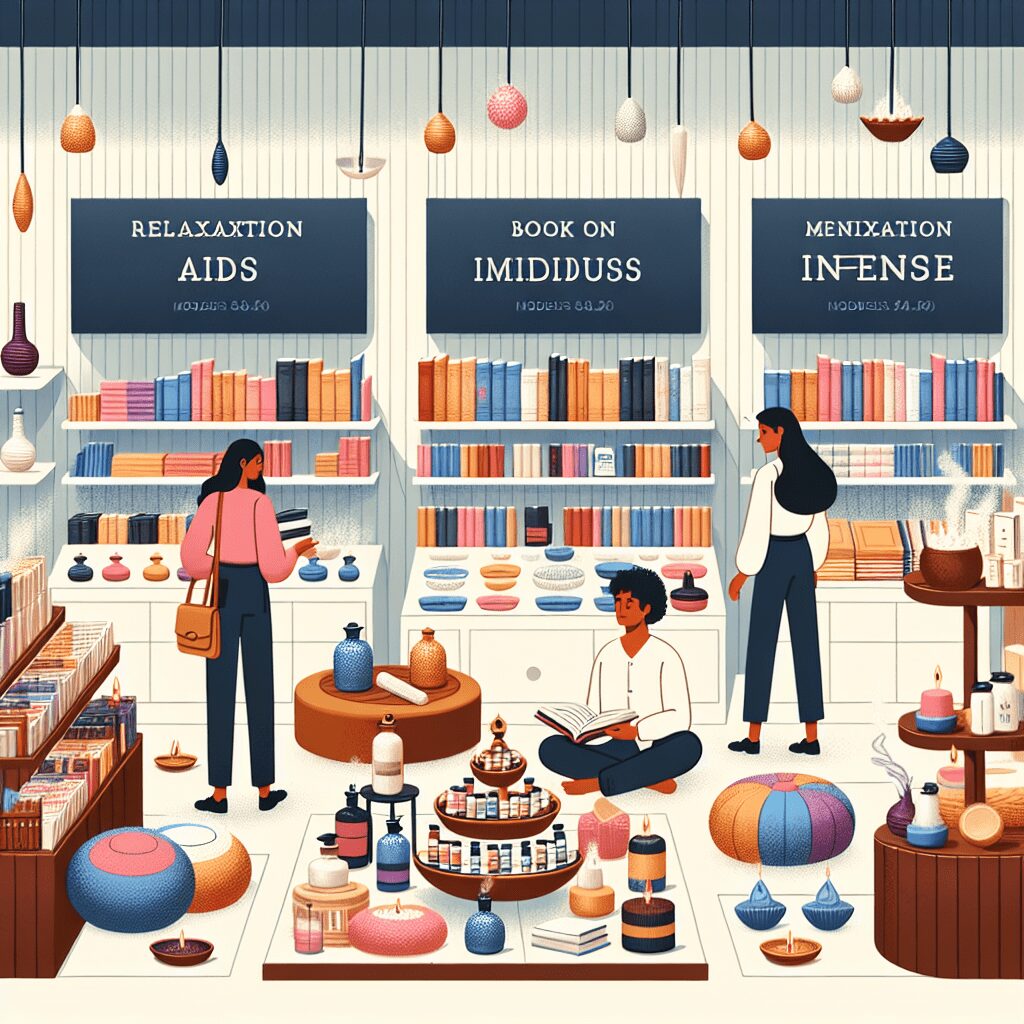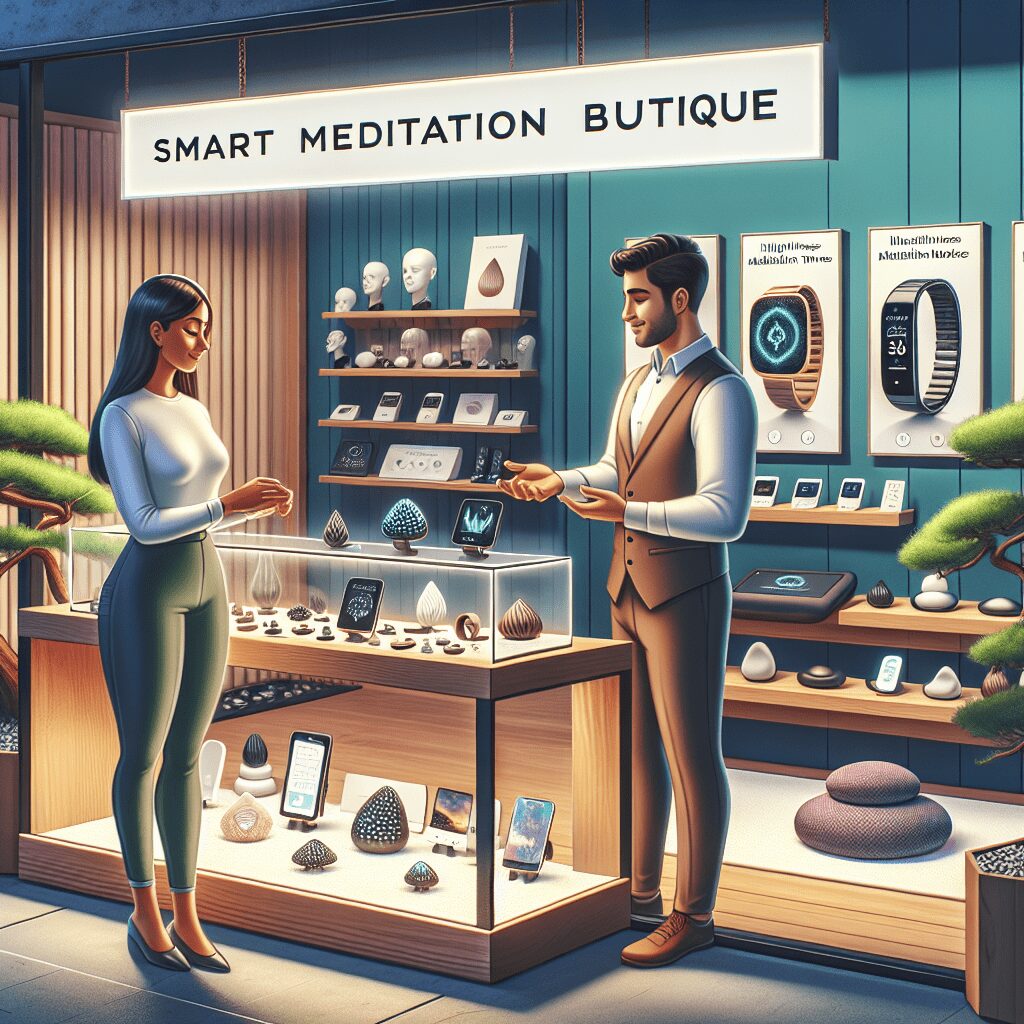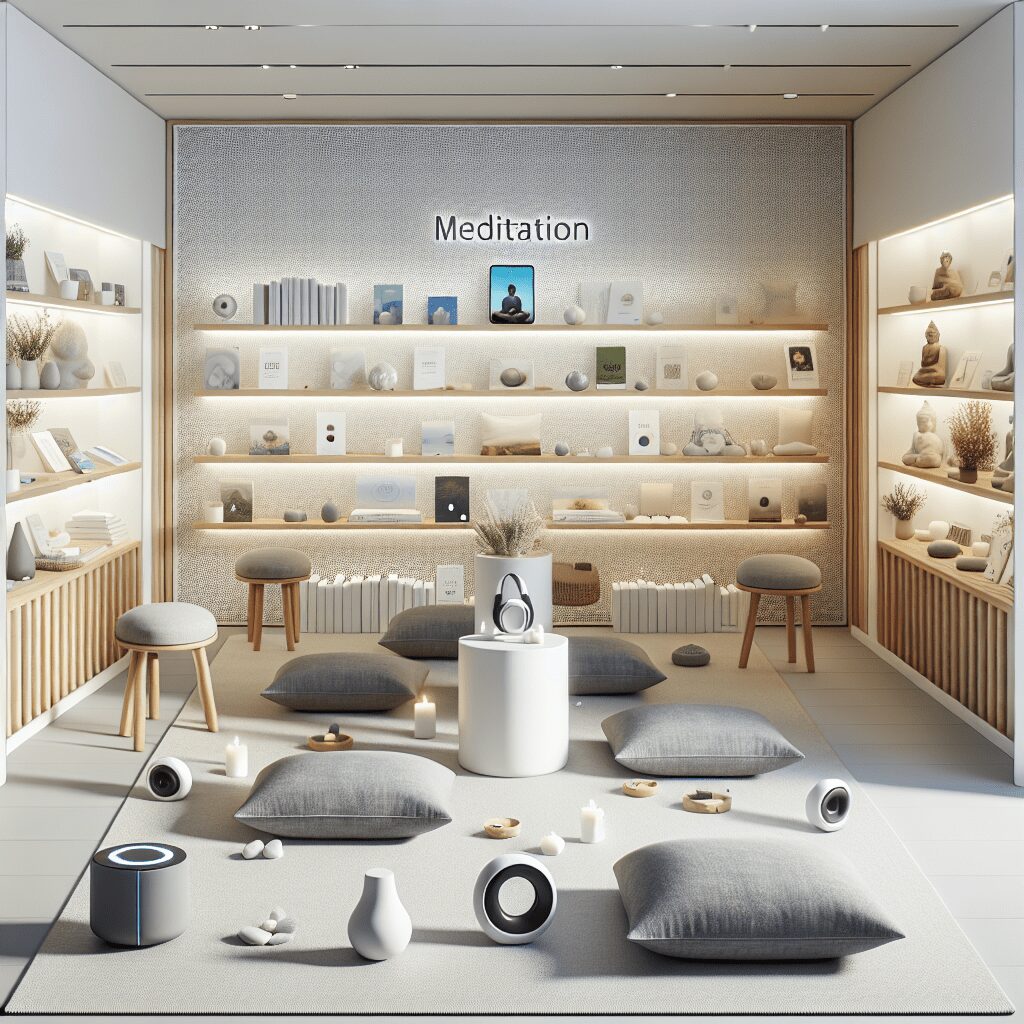
Prioritize your mental well-being daily. Enhance your life by nurturing your mental health with the Smart Meditation app. Break free from stress, alleviate anxiety, and enhance your sleep quality starting today.
How Do You Get Diagnosed With Depression And Anxiety?
Navigating the Maze: Understanding Diagnosis for Depression and Anxiety
In the vibrant tapestry of human emotions, feeling blue or anxious might just seem like passing clouds. However, when these feelings persist, casting a shadow over the sunniest of days, it might be time to consider that you’re not just dealing with a temporary funk. Depression and anxiety, two facets of mental health that often intertwine, can hold one back from enjoying life to the fullest. But how does one go from suspecting they’re gripped by these conditions to officially getting diagnosed? Let’s dive into the nuts and bolts of it.
First Steps: Recognizing the Red Flags
Before you even hit up Dr. Google, it’s key to understand that not all negative feelings equate to depression or anxiety. Life’s a rollercoaster, after all, with its fair share of ups and downs. However, when you find yourself stuck in the downs more often than not, and daily tasks feel as taxing as climbing Everest, these could be your red flags waving.
Depression often markets itself through a persistent feeling of sadness, loss of interest in activities you once enjoyed, significant changes in appetite or sleep patterns, and a distinct lack of energy. On the flip side, anxiety tends to manifest as an excessive worry that just won’t quit, trouble concentrating, restlessness, and being easily fatigued. Sound familiar? Then it might be time to take the next step.
Partnering Up With the Pros
Here’s the skinny: self-diagnosis won’t cut it. While it’s tempting to slap a label on what you’re experiencing based on a few online quizzes, the roadmap to a correct diagnosis is a bit more complex. This is where professionals come into play. Your journey typically starts with a primary care provider (PCP) or a mental health specialist, like a psychologist or psychiatrist.
Evaluation Station
The lowdown on getting diagnosed is that there’s no “one size fits all” test for depression or anxiety. Instead, prepare to spill the beans on what you’ve been feeling. The evaluation might involve:
- A Physical Exam: Yep, your PCP might start here to rule out other culprits behind your symptoms.
- Lab Tests: A simple blood test can tell if something like a thyroid problem is playing the villain role.
- Psychological Evaluation: This is the heart of the matter, where talking plays a pivotal role. Expect questions about your thoughts, feelings, and behavior patterns.
Based on the Diagnostic and Statistical Manual of Mental Disorders (DSM-5) criteria, your doc will gauge if your symptoms check the boxes for depression or anxiety.
Next Steps: Charting Your Course
Getting diagnosed is like finally having a map in an unfamiliar city, but what’s next? Treatment plans are as individual as fingerprints, often blending medication, therapy, or both. It’s about finding what works for you, with adjustments along the road being part and parcel of the journey.
Wrapping It Up: The Power of Knowledge
Arming yourself with the knowledge of how to get diagnosed is akin to taking the driver’s seat in your mental health journey. It’s recognizing that while the road might be bumpy, assistance, in the form of professional guidance, can navigate you towards a brighter horizon.
In essence, if the clouds of depression and anxiety have been blocking your sun, understanding the diagnostic process is the first step towards a clearer sky. Remember, reaching out for help is not just brave, it’s necessary. With the right support, you can embark on the path to recovery, reclaiming the joy and peace you deserve.





